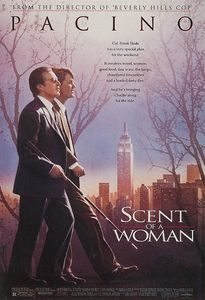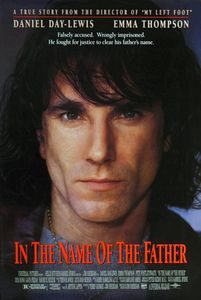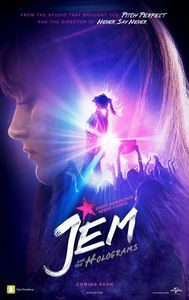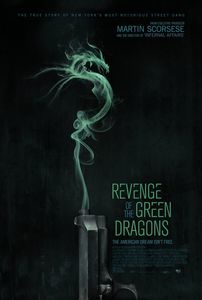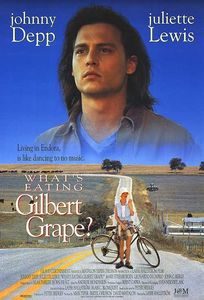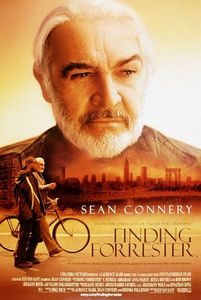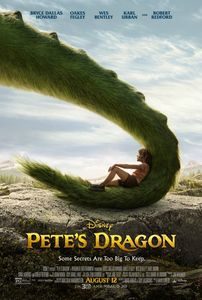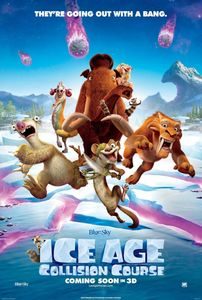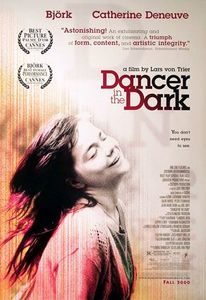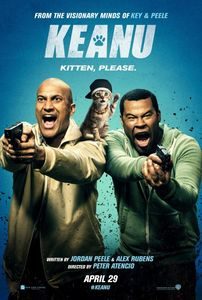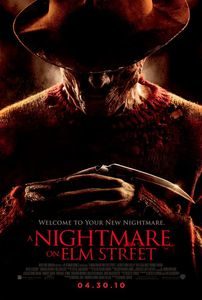Concussion (2015)
(On Cable TV, August 2016) The National Football League has wrapped itself so tightly in the American flag and associated values that attacking it seems outright blasphemous if not vaguely treasonous. So you’ll excuse Concussion if it carefully walks a line between denouncing the league and yet not offending any sensibilities. Transforming true events in a conspiracy thriller in which a lone brave doctor discovers the link between football and premature brain damage, Concussion pumps far too much drama in its structure. It works, but only to a point: While the middle third of the story is reasonably gripping, the first act leisurely establishes the endearingly nerdish personality of its protagonist, and the conclusion peters out without a clear triumphant moment to ease the lead character’s trials. As the headliner, Will Smith is actually pretty good: he credibly takes on a Nigerian accent and minimizes his natural cockiness in a role that only needs a fraction of it. It’s a refreshingly adult performance for an actor who has had trouble evolving his screen persona. Gugu Mbatha-Raw does good work in what is slightly more than a generic character, while Alec Baldwin still makes the most of his propensity to play antagonists … even when he isn’t. Football is America’s secular religion, and Concussion occasionally seems preoccupied by the need to pull its punches. The made-up conspiracy angle (with FBI raids! And car pursuits! And a miscarriage!) whimpers out, leading to an underwhelming conclusion that relies a bit too much on title cards. Concussion is not a bad film, but it does feel unfinished at times.

